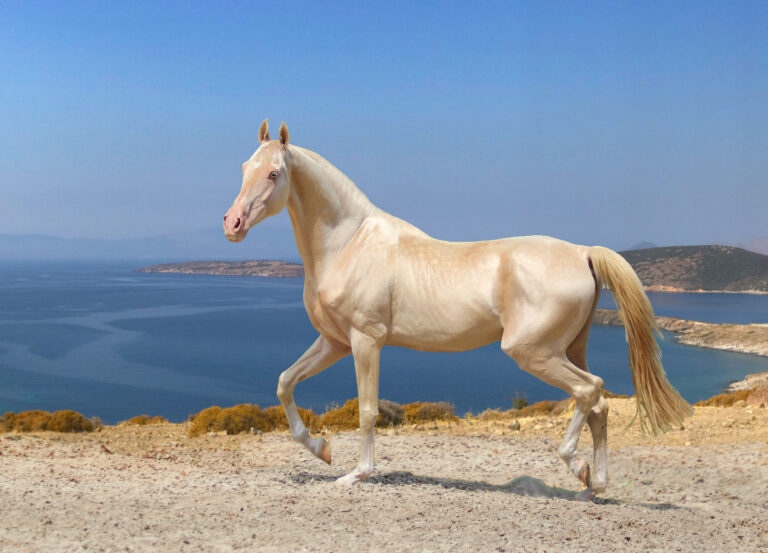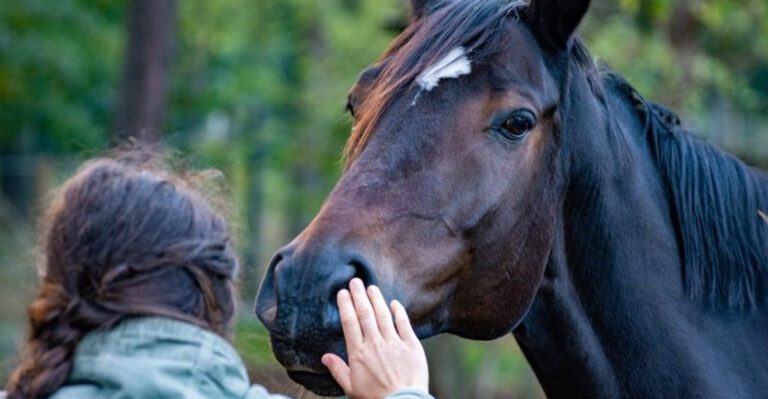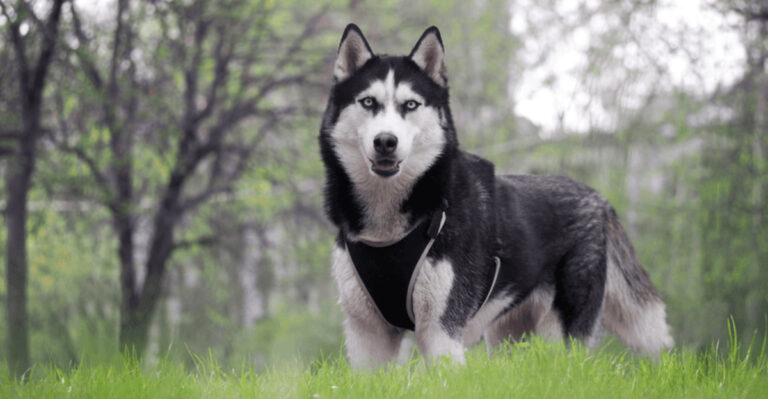‘The Americas’ Spent 5 Years Filming Wildlife And Then Stumbled Upon New Species
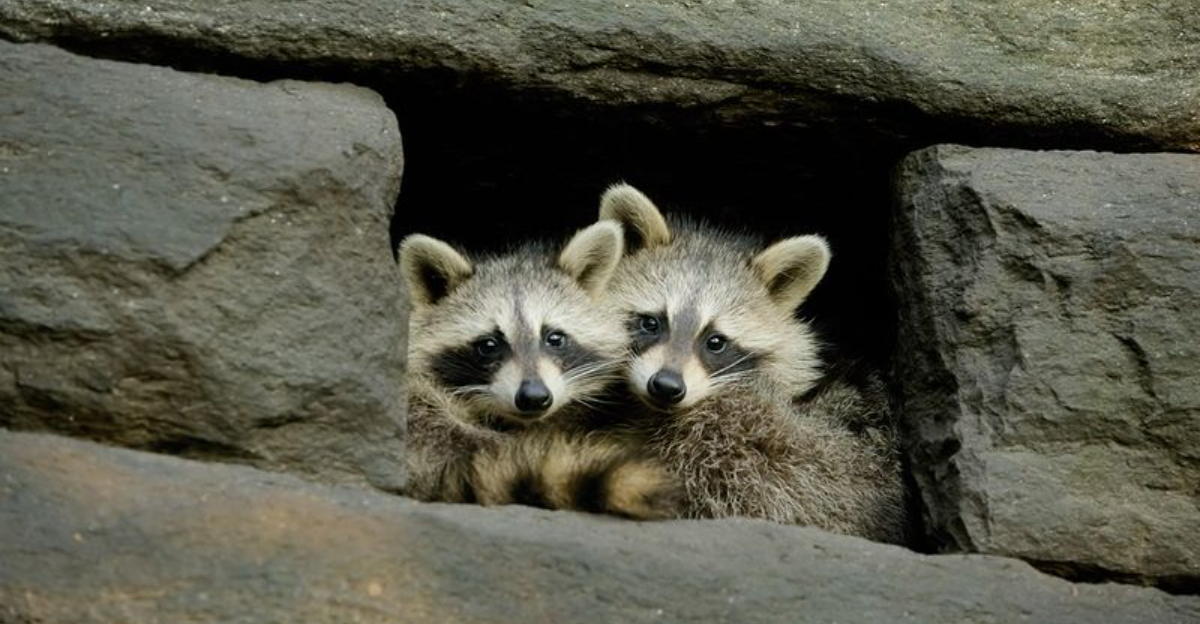
A groundbreaking documentary team spent half a decade capturing the breathtaking biodiversity of the Americas. Their patience and persistence paid off in ways they never expected.
What began as a mission to film known wildlife turned into an incredible journey of discovery when they stumbled upon several species previously unknown to science.
1. Filmed Across All Major North American Regions
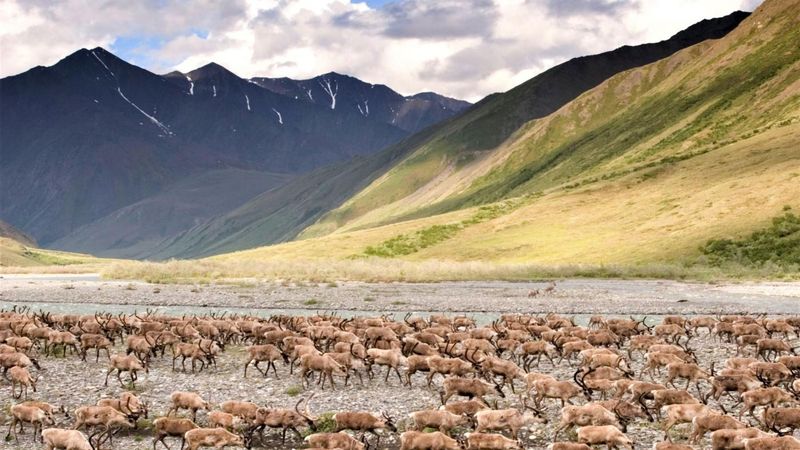
From the frozen Arctic tundra to the steamy rainforests of Central America, camera crews braved extreme conditions to capture footage. Every major ecosystem received attention, requiring complex logistics and specialized equipment.
Filming locations included remote areas of Alaska, the Rocky Mountains, Appalachian highlands, Sonoran Desert, and tropical regions of Mexico and Costa Rica.
2. New Species Found During Remote Shoots
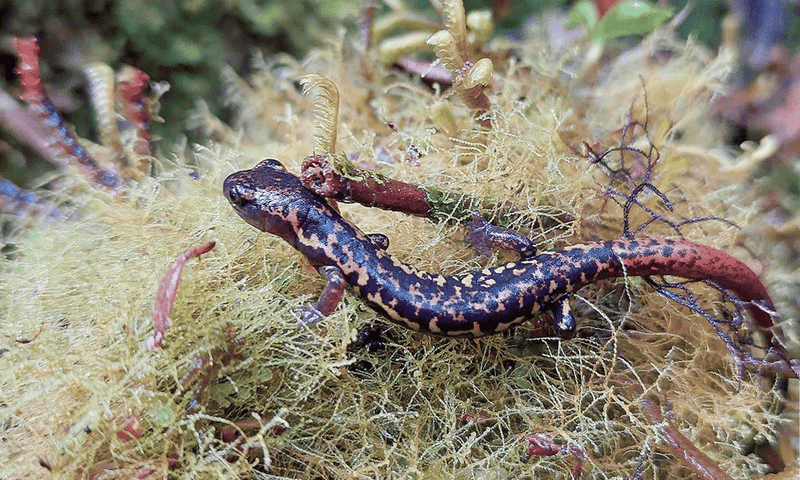
Imagine spending months tracking wildlife only to discover something entirely new! That’s exactly what happened when the crew spotted unusual movement patterns in a remote cloud forest.
What they initially thought was a known salamander species turned out to have distinctive markings and behaviors never before documented by science. DNA testing later confirmed their exciting hunch.
3. Ultra HD Revealed Rare Animal Behaviors
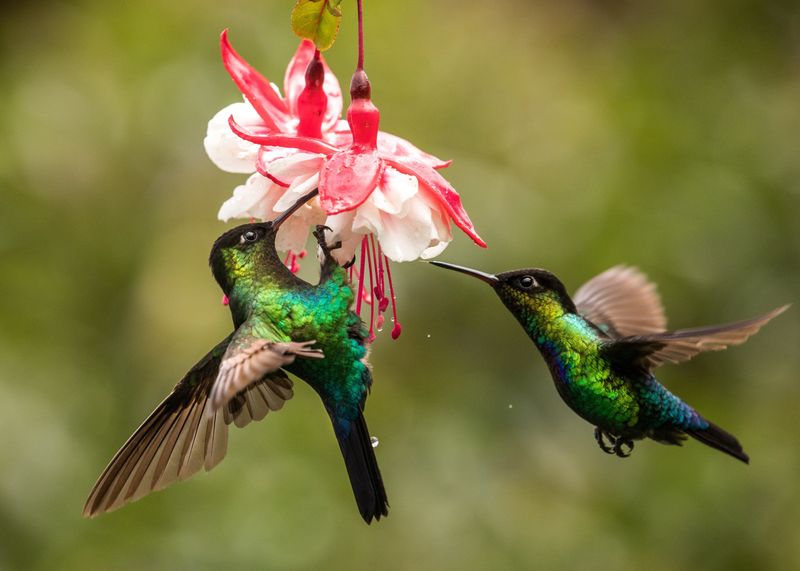
Revolutionary 8K cameras captured microscopic details invisible to previous technology. The crew witnessed never-before-seen courtship rituals of tiny hummingbirds that changed our understanding of their mating habits.
Slow-motion footage at 1000 frames per second revealed wing movements and color displays too quick for the human eye to detect naturally.
4. Some Discoveries Happened By Accident
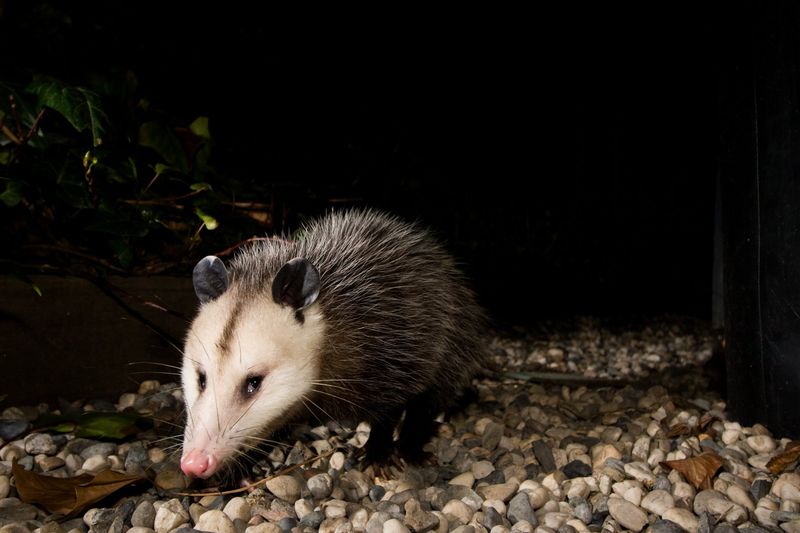
A camera trap left overnight to film jaguars caught something unexpected instead! While reviewing footage, researchers spotted a small rodent with distinctive ear tufts unlike any known species.
Another lucky break came when a crew member’s bathroom break led to spotting a previously undocumented frog species with unusual red markings. Sometimes the best discoveries happen when you least expect them!
5. First Time Filming In Certain Locations
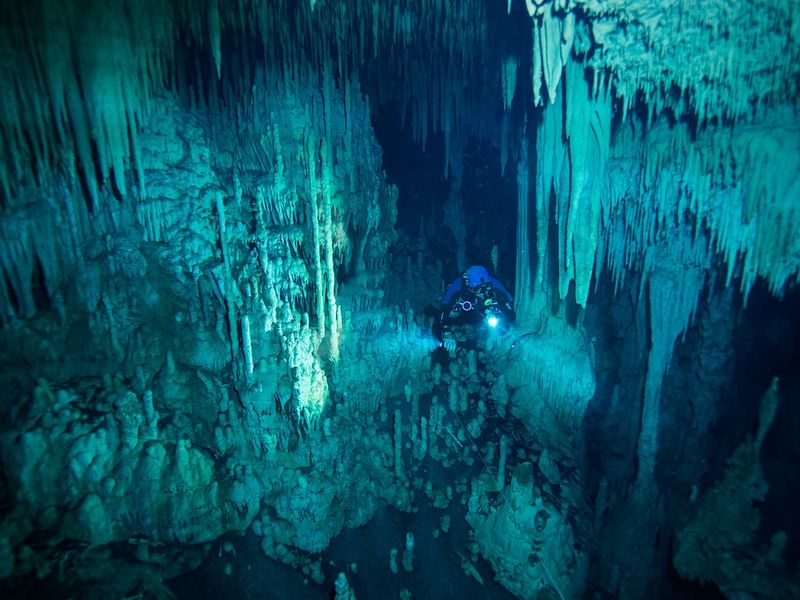
The team ventured into previously undocumented cave systems beneath the Yucatan Peninsula. Special permits took years to secure as these fragile ecosystems had never hosted film crews before.
Their underwater footage revealed blind fish species that had evolved in complete isolation. The challenging conditions required custom waterproof lighting that wouldn’t damage the sensitive cave environment.
6. Night Footage Made Possible By New Tech
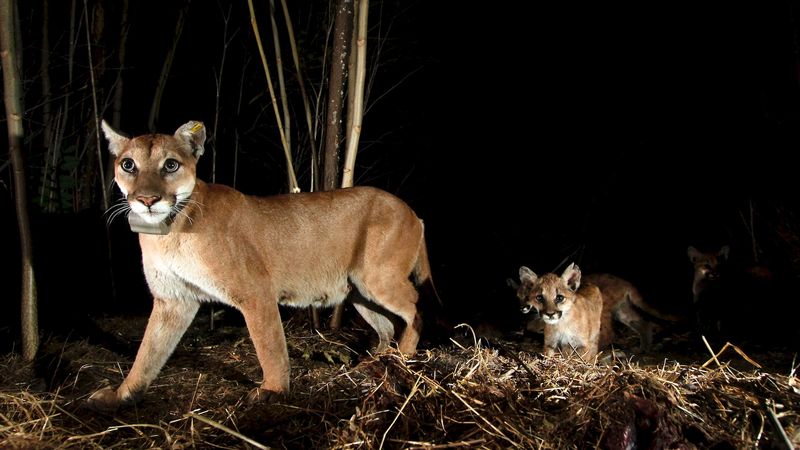
Forget those grainy green night vision scenes from older documentaries! The crew utilized cutting-edge low-light cameras that capture full-color footage in near-total darkness without disturbing wildlife.
This technology revealed previously unknown nocturnal behaviors of mountain lions and allowed the team to document a rare moth species that only emerges under specific moonlight conditions.
7. Years Spent Tracking Rare Wildlife
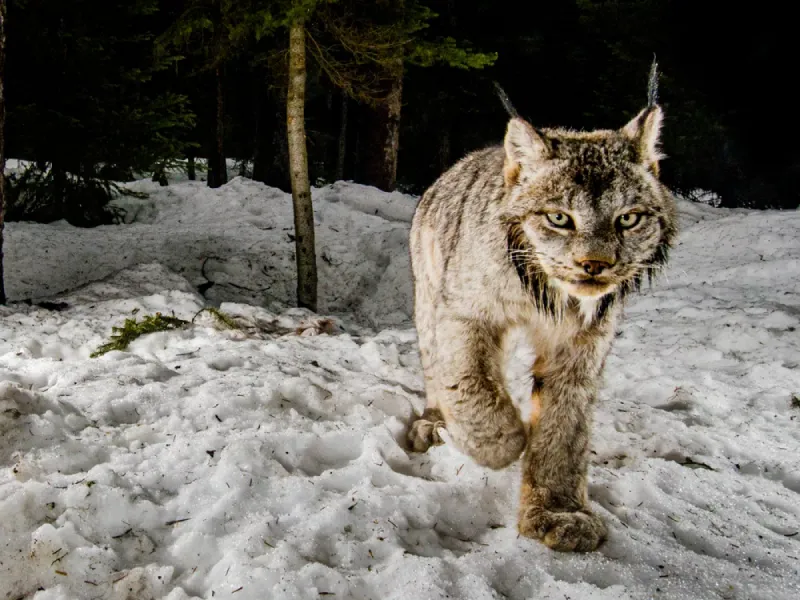
Would you camp in freezing conditions for three months straight? One dedicated camera operator did exactly that to capture footage of the elusive Canada lynx.
The patience paid off when they recorded the first complete hunting sequence ever filmed. Meanwhile, another team spent 18 months tracking a specific wolf pack across seasonal migrations, forming a unique bond with these intelligent predators.
8. Some Species Had Never Been Filmed
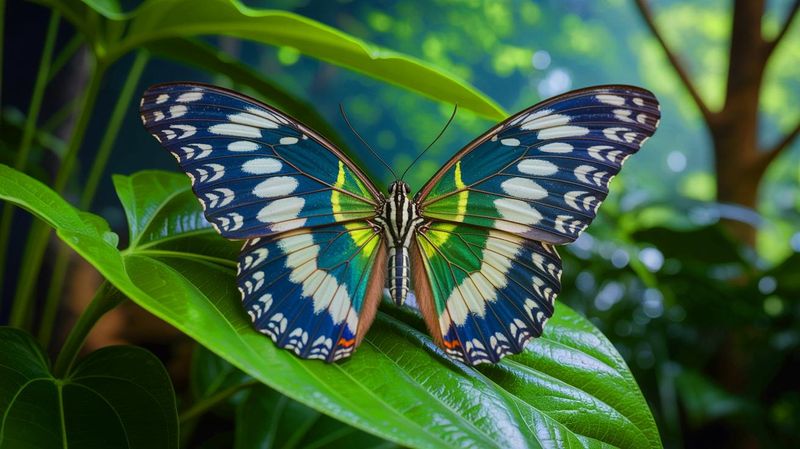
Hidden deep within remote mountain valleys, a butterfly thought extinct since 1950 fluttered into view! The crew couldn’t believe their luck capturing the first-ever footage of this resurrected species.
Additionally, they documented a deep-sea squid species previously known only from washed-up specimens. The magical moment when it changed colors on camera left even veteran marine biologists speechless with excitement.
9. Drones Used To Reach Remote Areas
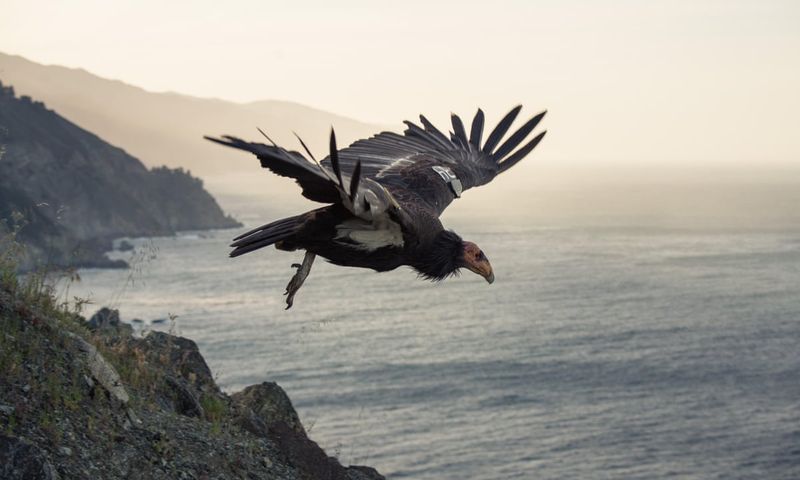
Custom-built drones with silent propellers revolutionized filming in hard-to-reach locations. One specially designed unit captured stunning aerial footage of a condor’s cliff nest without disturbing the endangered birds.
The team also deployed waterproof drones to document river dolphins in the Amazon, revealing social behaviors never before observed. This technology allowed filming with minimal human intrusion into sensitive habitats.
10. Harsh Weather Challenged The Crew
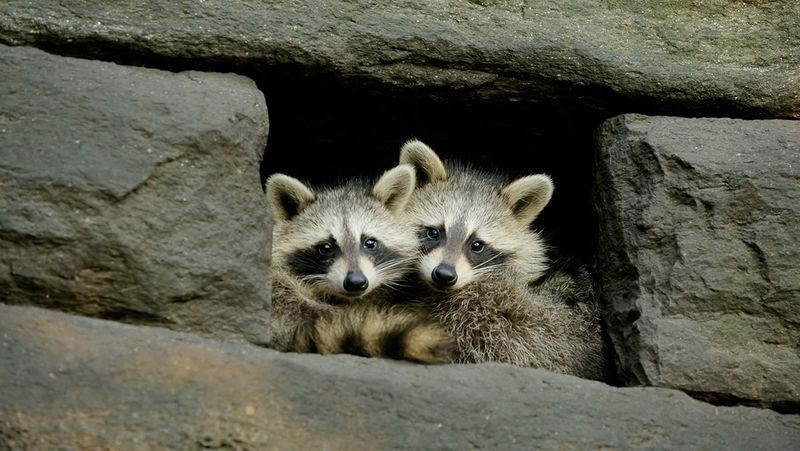
Mother Nature doesn’t make exceptions for film crews! During a Patagonian shoot, winds reached 70mph, destroying three camera setups and forcing the team to shelter in tents for four days.
In the Atacama Desert, equipment overheated and malfunctioned daily. The crew developed innovative cooling systems using local materials to protect their sensitive gear while documenting unique desert-adapted species.
11. Scientists Helped Identify New Finds
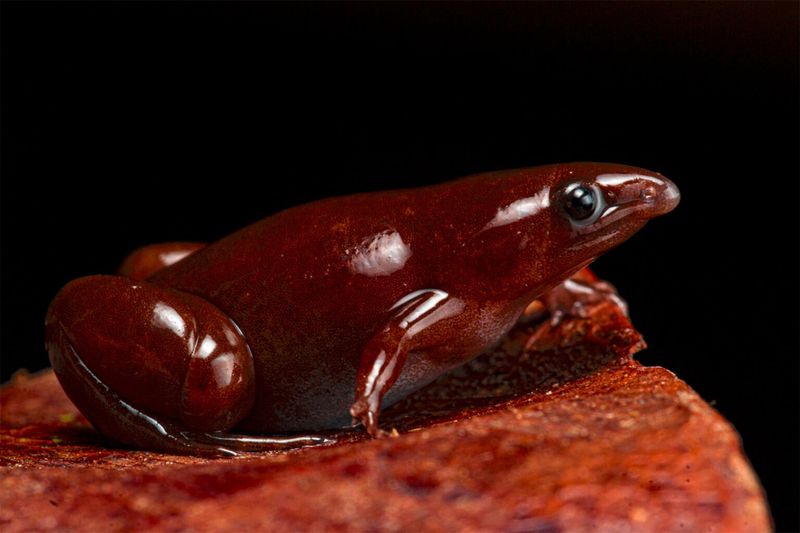
A network of 30+ biologists stood ready to analyze unusual footage. When the crew spotted a strange tree frog, experts were video-conferencing within hours to confirm it was indeed unknown to science!
DNA samples collected under scientific permits helped classify several new species. The collaborative approach between filmmakers and researchers created a powerful partnership that benefited both documentary quality and scientific discovery.
12. Footage Captured On Land And Sea
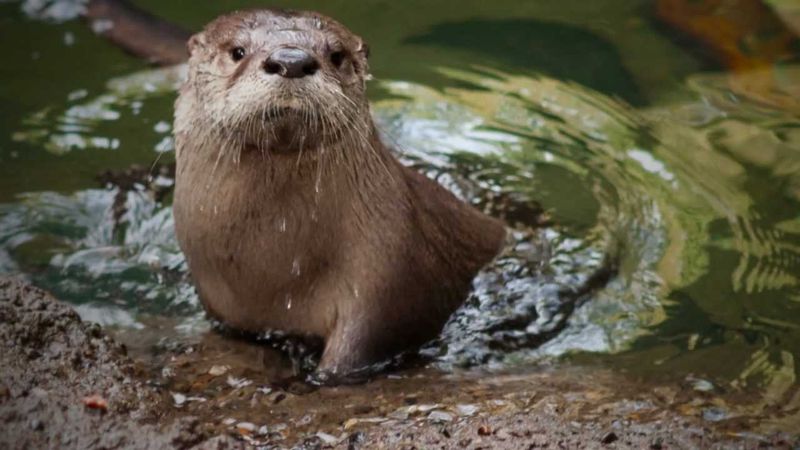
Specially designed submarine cameras descended 3,000 feet to film bioluminescent creatures lighting up the darkness like underwater fireworks. The equipment had to withstand crushing pressure while maintaining perfect clarity.
Meanwhile, above water, the team documented incredible land-to-sea transitions, including never-before-filmed footage of river otters teaching their young to fish in crystal clear mountain streams.



